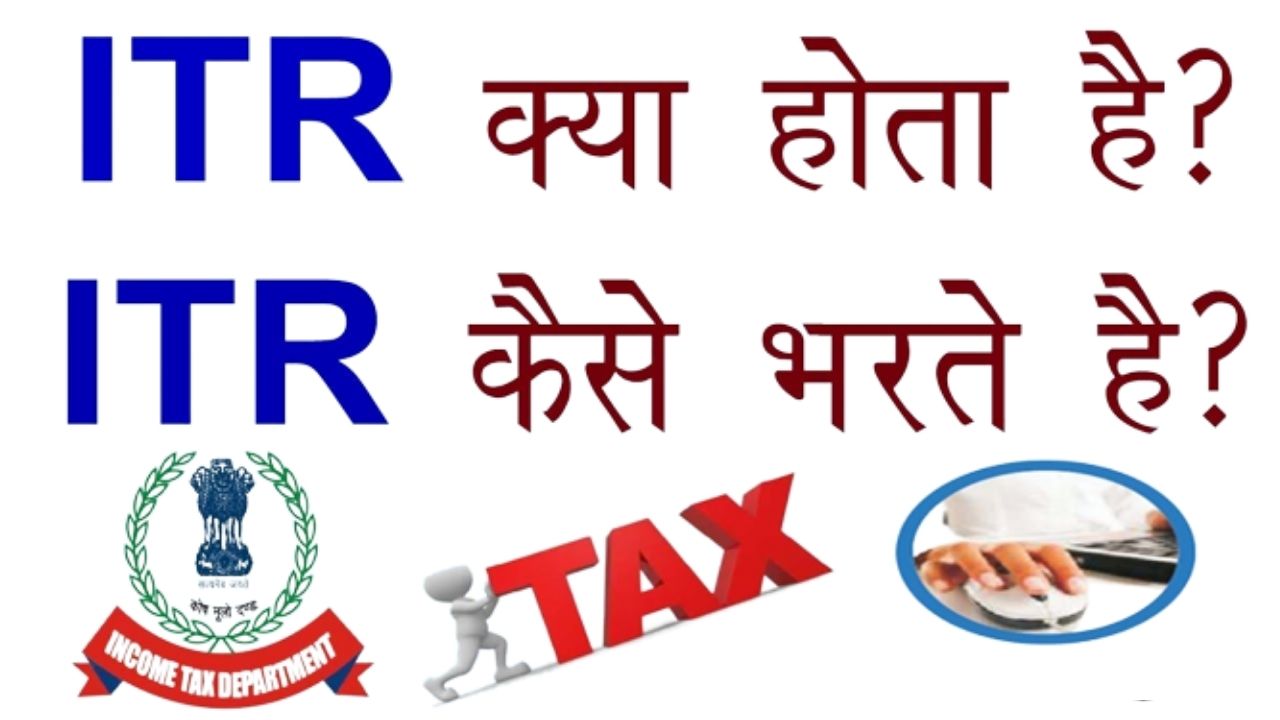What is an Income Tax Return (ITR)? Learn how to file it and get complete information
According to the country's laws, every citizen is required to file an ITR, which stands for Income Tax Return. Filing an income tax return is a sign of responsible citizenship. The government collects this to fund public services and welfare programs. Along with paying income tax, every citizen is required to file an ITR form. Even if you are not a taxpayer, you should still file the form, as there is no harm in doing so and it can provide several benefits that can be availed through filing an ITR.
According to Section 139 (1) of the Income Tax Act, 1961, any individual whose total income falls within the tax bracket for the financial year (which for the 2023 financial year is over ₹2.5 lakhs) is required to file an ITR. Let's delve into this article to understand ITR in detail.
What is an Income Tax Return?
An Income Tax Return (ITR) is a tax levied on individuals based on their income. Whether you are a salaried employee, running a business, or in a professional service, if you earn income that falls within the income tax bracket, you are required to pay tax. The ITR facilitates the process of tax payment to the government and also enables taxpayers to claim tax refunds. The ITR is submitted to the tax department to provide information about a person's income so that the appropriate tax can be levied or any excess tax can be returned.
How to File an ITR:
There are two ways to file an Income Tax Return: offline and online.
Offline ITR Filing:
Download an Excel file for filing ITR from the Income Tax India e-filing website.
Fill in the necessary information in the ITR form.
Verify the information filled in the ITR form and calculate the tax.
Create and save an XML file.
Log in to the e-filing portal and select the option to file ITR.
Choose the appropriate option and attach the XML file.
Verify the ITR using a digital signature, Aadhaar OTP, or eVC.
Submit the ITR.
Online ITR Filing:
Create an account on the Income Tax e-filing website.
Log in to your account.
Select the Quick e-file ITR option.
Fill in the required details, such as PAN card number, assessment year, and ITR form.
Submit the ITR.

Types of ITR Forms:
ITR-1: For individuals with income from salary, pension, or interest.
ITR-2: For individuals with income from multiple sources, including capital gains and dividends.
ITR-3: For individuals with income from business or profession.
ITR-4: For professionals like lawyers, doctors, etc., whose income includes business/professional income along with partnership income.
Ensure you choose the appropriate ITR form based on your income sources and file your Income Tax Return within the specified time frame to avoid penalties.
Note: The information above is based on various sources and some personal advice. We hope this provides the right direction in your career. Keep reading similar articles on Sabkuz.com for latest information related to various topics like country and international affairs, education, employment, and career.












